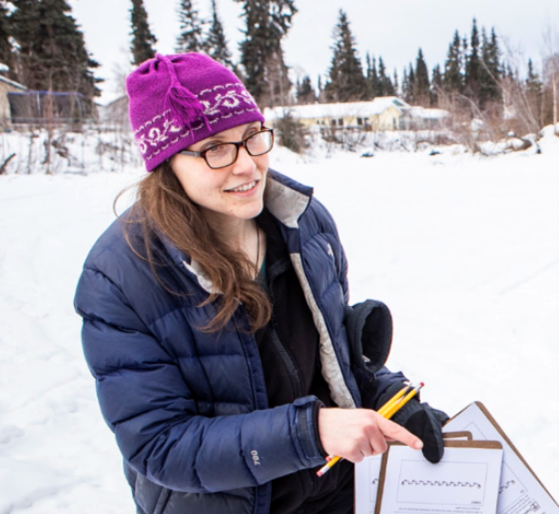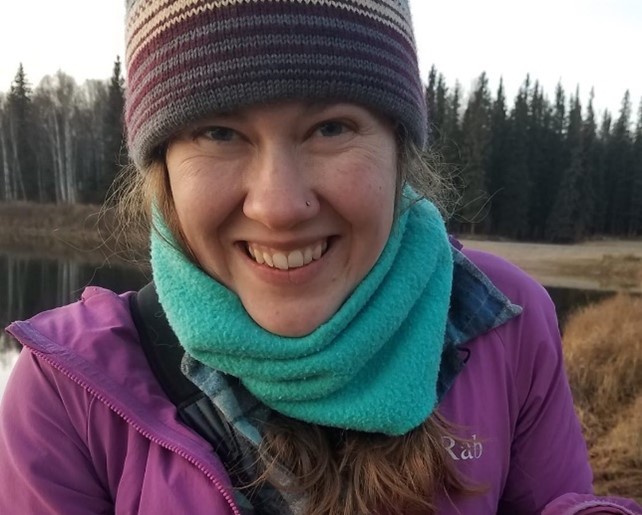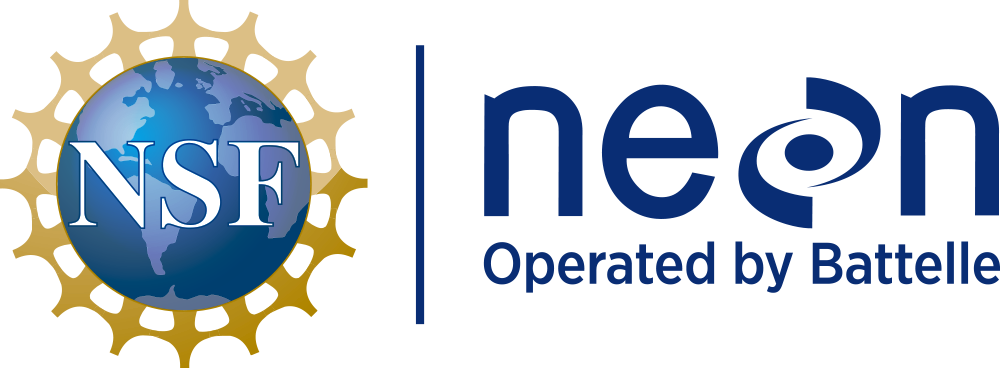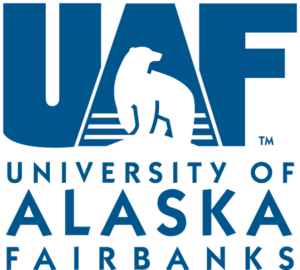Apply now to join our next cohort of Community Science Fellows and Community Leads!

Alaska blueberries harvested in a yellow basket. Photo credit: Lori Petrauski
Communities in Alaska submitted climate vulnerability assessments and cited concerns about future berry availability in relation to climate change. In response, researchers at the University of Alaska Fairbanks established Alaska’s Berry Future Project to address these concerns through community science, data synthesis, research, and outreach.
Alaskan communities are unique in their remoteness and resilience in the face of extreme conditions. Wild harvesting and foraging are common ways of life in Alaskan communities that provide families with healthy, local food and fosters a strong connection to the environment. According to the 2018 Fourth National Climate Assessment, Alaska is warming faster than any other state in the country and communities are facing extreme challenges as a result. One of these challenges is understanding the future of food security in relation to a changing climate.
Communities in Alaska submitted climate action plans and vulnerability assessments to voice their concerns related to climate change, and a significant portion mentioned concerns about the future of berry availability in a changing climate. To address these concerns, Alaska’s Berry Future Project plans to synthesize existing berry data in the state, identify gaps in berry availability data, and disseminate information to communities in an inclusive way. In conjunction with this project, NEON will collect data on berry fruiting for species of concern at three sites in interior Alaska and one site in northern Alaska for three seasons. Using these data and NEON precipitation data, we will investigate how precipitation influences berry availability, which was the second most common concern about berries cited in the vulnerability assessments.

Dr. Katie Spellman is a lifelong Alaskan with a passion for community and citizen science, plants, social justice, and family. Her parents, Jim and Chris Villano, were teachers in St. Mary’s, Alaska, and later Fairbanks, where Katie was born. She went to Whitman College in Walla Walla, WA and earned her bachelor’s degree in Biology, and after several years working in the homeless community of Tacoma, WA, returned home for graduate studies at the University of Alaska Fairbanks. Katie got her start in community science working with students in collecting data on invasive species after wildfire in her master’s work, and later becoming the program coordinator for the Alaska CoastWalk program and Marine Debris monitoring programs at the Center for Alaskan Coastal Studies in Homer, Alaska. She went on to center her PhD and subsequent career on citizen and community science. She has worked with amazing teams to create and operate three completed and five ongoing citizen and community science projects at UAF on the topics of berries, invasive plants, freshwater ice, and community-driven climate change questions. Katie is a wife and mother of two, and the whole family volunteers for other citizen science efforts, making hikes, skis, and walks very slow!

Lori Petrauski is a dedicated naturalist currently working as a field ecologist for the Alaska domain of the National Ecological Observatory Network. She holds a M.S. degree in Wildlife and Fisheries from West Virginia University and a B.S. degree in Ecology from Seattle Pacific University. Her professional interests include long-term ecological monitoring, natural history, and boreal and arctic ecosystems. As part of her master’s research, Lori launched a climate history project in the state of West Virginia to gather ecological observations from citizens over the past century to use in climate change analyses. In her free time she enjoys exploring the trails of interior Alaska and reading.


(c) 2024 Thriving Earth Exchange